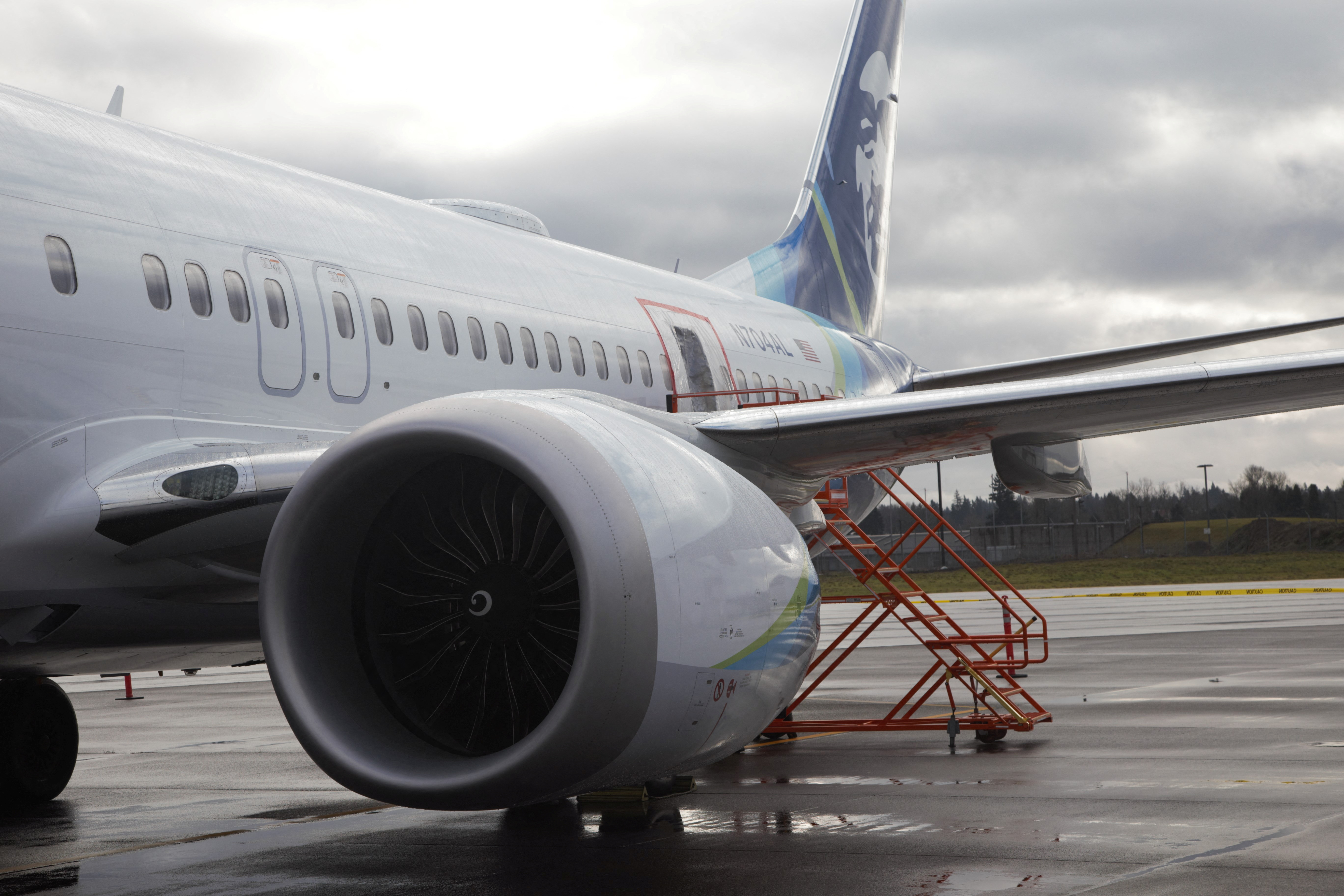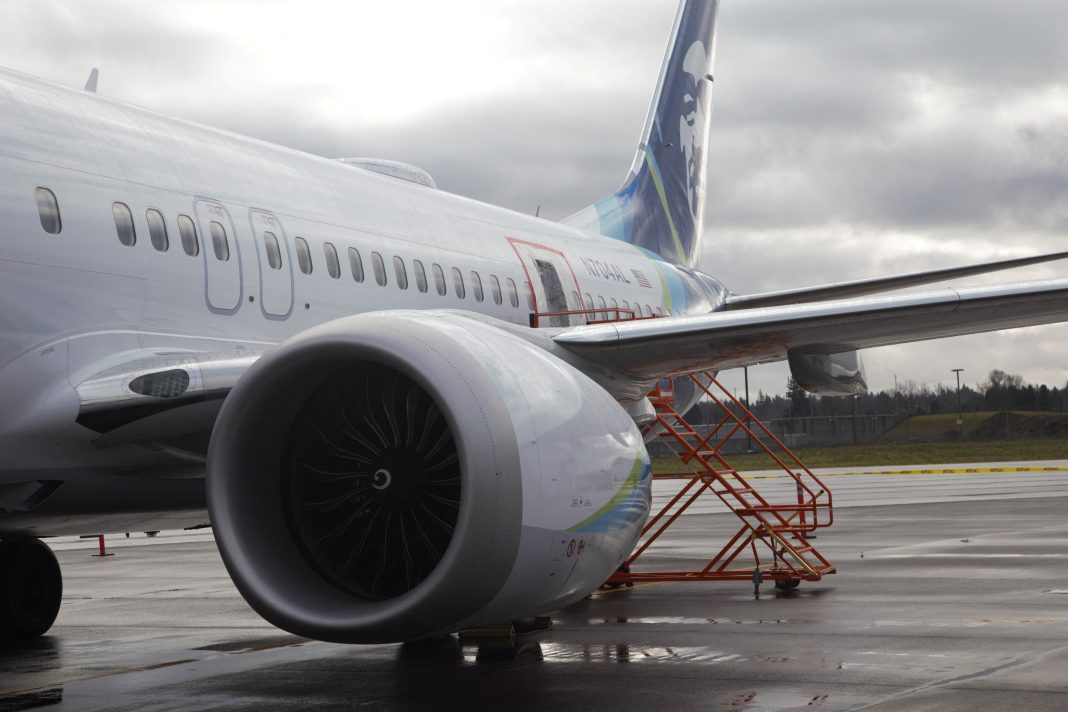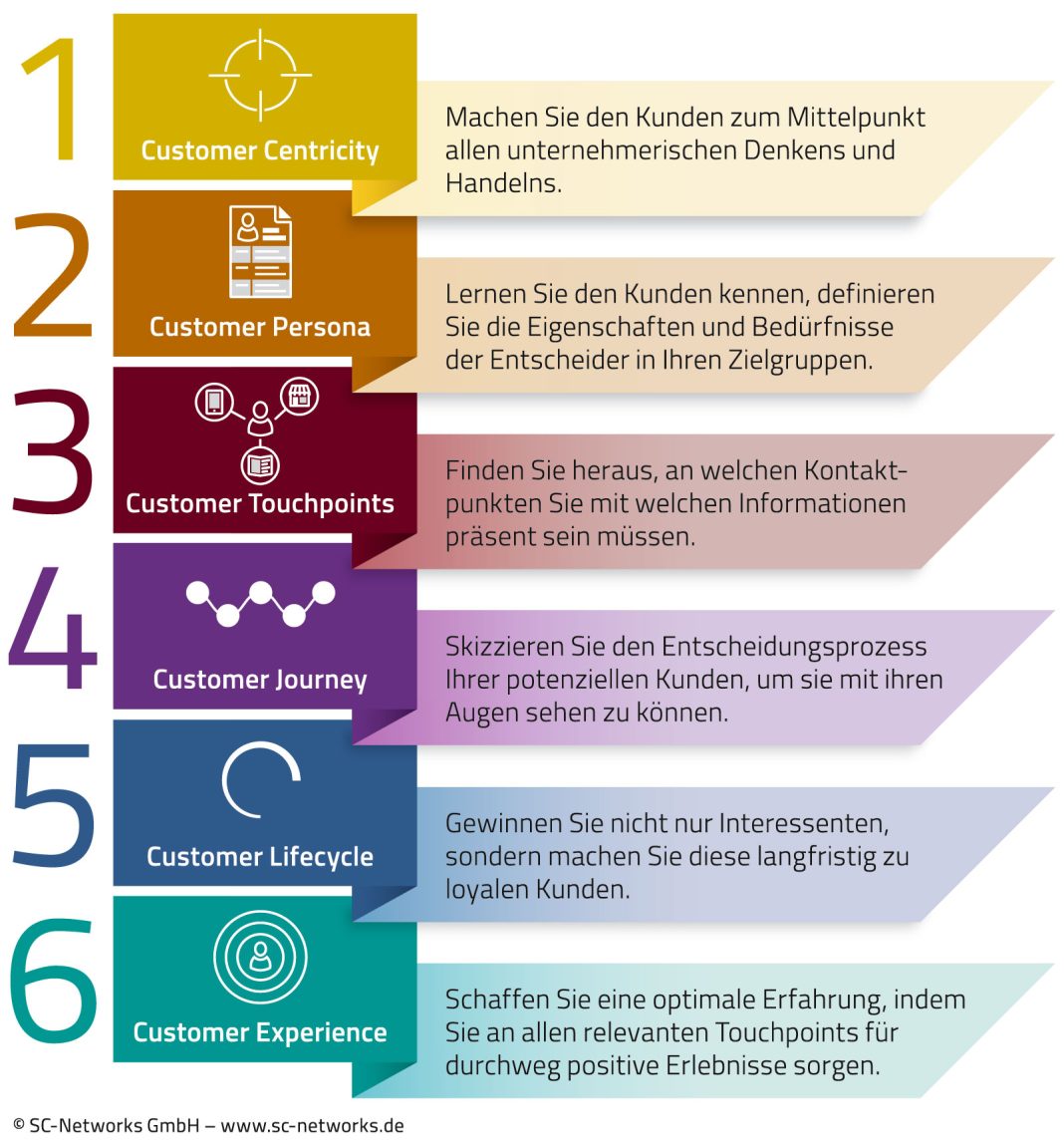 Alaska Airlines Boeing 737 MAX 9 Mid-Air Emergency Reveals Longstanding Issues with Boeing’s Unauthorized Production Work
Alaska Airlines Boeing 737 MAX 9 Mid-Air Emergency Reveals Longstanding Issues with Boeing’s Unauthorized Production Work
Introduction:
The head of the National Transportation Safety Board (NTSB), Jennifer Homendy, has expressed her belief that the mid-air emergency involving an Alaska Airlines Boeing 737 MAX 9 could have been entirely avoided. Homendy argued that the planemaker, Boeing, should have addressed unauthorized production work long ago. The incident, which occurred on January 5th, involved a panel blowing off an Alaska Airlines flight shortly after takeoff from Portland, Oregon. The NTSB has since been conducting a hearing to investigate the incident and determine its causes.
Unauthorized Production Work:
During the hearing, Homendy highlighted the numerous audits, compliance reviews, and actions plans that had previously noted a history of unauthorized work and removals by Boeing. She emphasized that this accident should have been caught years ago if the company had learned from these prior instances of unauthorized work. Homendy’s comments suggest that Boeing’s failure to address these issues has resulted in a lack of preventative measures, leading to the recent mid-air emergency.
FAA Oversight:
Brian Knaup, a Federal Aviation Administration (FAA) official, defended the agency’s oversight of Boeing before the accident. He claimed that the FAA had conducted effective oversight and implemented compliance measures. However, Knaup conceded that safety culture should not solely be a compliance issue. He acknowledged that the FAA has increased investigations of hotline and whistleblower reports and has improved oversight since the incident. This suggests that the FAA recognizes the need for more proactive measures to ensure the safety of Boeing’s aircraft.
Door Panel Issue and Lack of Documentation:
The NTSB’s Homendy raised concerns about the door panel issue and the lack of documentation surrounding it. The NTSB discovered that Boeing had not created any paperwork for the removal or re-installation of the 737 MAX 9 door plug, a piece of metal covering an unused emergency exit. Furthermore, Boeing was unaware of which employees were involved in these actions. The panel was missing four key bolts when it was delivered to Alaska Airlines. These findings indicate a lack of accountability and proper documentation within Boeing’s production processes.
FAA Response and Enforcement Actions:
Following the incident, the FAA took action by prohibiting Boeing from expanding production beyond 38 planes per month. The agency also announced a 90-day review of the planemaker and required significant quality and manufacturing improvements before allowing a production hike. FAA Administrator Michael Whitaker admitted that the agency had been “too hands-off” in its oversight of Boeing and that their approach had been too focused on paperwork audits rather than inspections. The FAA has since increased the number of inspectors at Boeing and Spirit factories and has launched eight new enforcement actions against Boeing.
Legislation and Safety Management Systems:
In response to the incident and ongoing concerns, Senate Commerce Committee Chair Maria Cantwell and Senator Tammy Duckworth introduced legislation to review and strengthen safety management systems at the FAA. This legislation aims to address the systemic issues within the FAA’s oversight and ensure a more proactive approach to aviation safety.
Conclusion:
The Alaska Airlines Boeing 737 MAX 9 mid-air emergency has shed light on longstanding issues with unauthorized production work by Boeing. The NTSB’s Chair, Jennifer Homendy, firmly believes that this accident could have been prevented if Boeing had addressed these issues earlier. The FAA has acknowledged its shortcomings in oversight and has taken steps to increase inspections and enforcement actions against Boeing. However, the incident has also prompted legislative action to review and strengthen safety management systems within the FAA. It is clear that a comprehensive and proactive approach is necessary to ensure the safety of Boeing’s aircraft and prevent similar incidents in the future.


